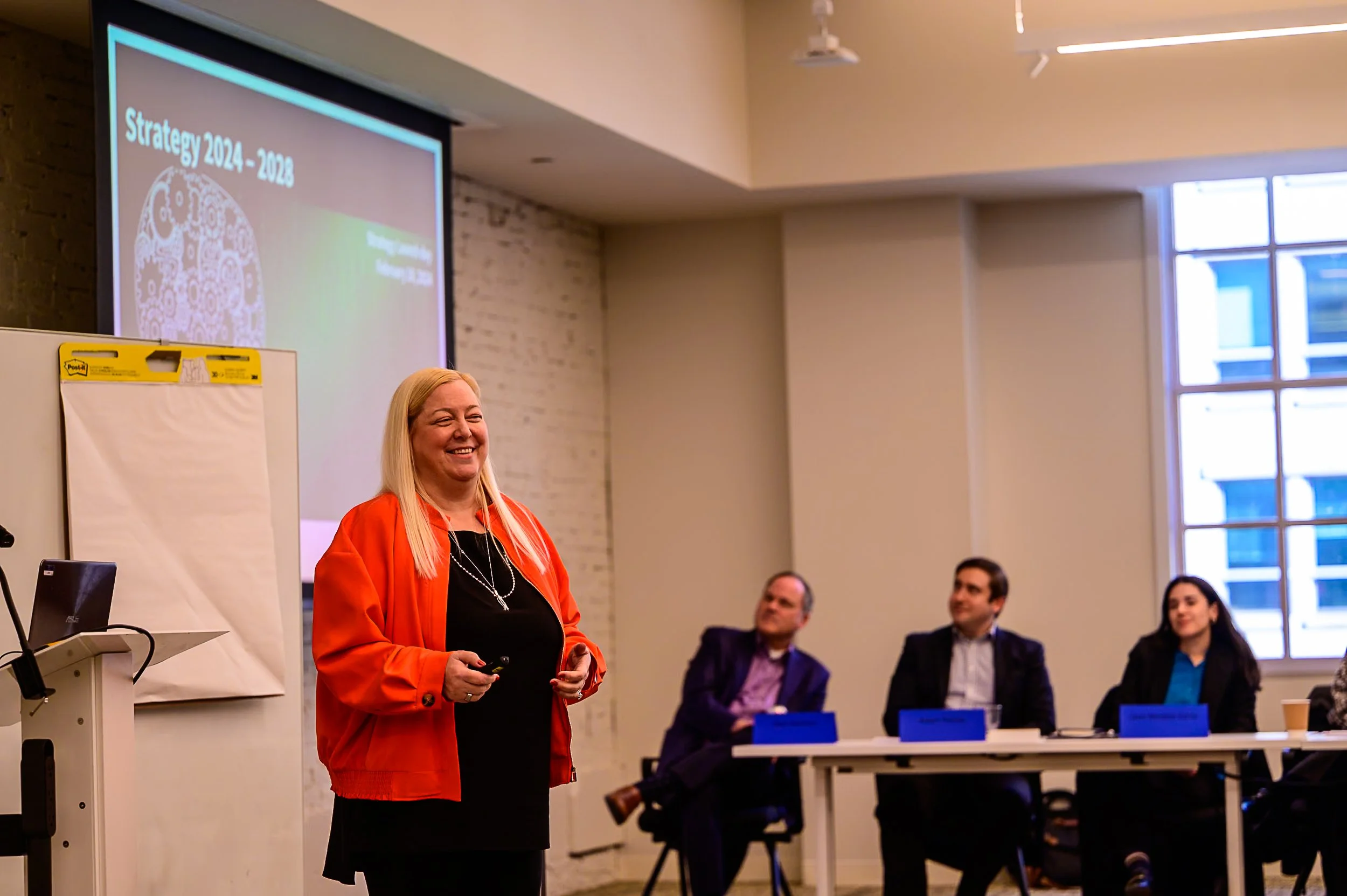Buyer Beware - The Crime of Counterfeit Goods
With the celebration of major sports events like Super Bowl XLIX, and the ensuing zeal of football fans to attend it, many fans are determined to own a piece of Super Bowl history. Unfortunately, unscrupulous vendors and criminal organizations that specialize in selling counterfeit merchandise, such as tickets and jerseys, will defraud some of these fans. Each year people throughout the United States unwittingly purchase “genuine” memorabilia only to learn that they have been defrauded hundreds, or in some instances, thousands of dollars, for a counterfeit product.
Immigration and Customs Enforcement (ICE) Homeland Security Investigations (HSI) works in partnership with Customs and Border Protection (CBP) to enforce the Intellectual Property Rights (IPR) of goods entering the United States. Working together, HSI and CBP confiscated almost $1.75 billion in counterfeit and pirated goods in FY2013. Shoes and clothing, including athletic shoes and sports jerseys, are among the top ten most counterfeited goods.
In January 2015, a Pennsylvania man pleaded guilty to trafficking in counterfeit goods after HSI special agents seized more than 1,000 fake sports jerseys. Business records showed that the man had purchased 5,500 counterfeit jerseys over the past five years. In early 2013, three Atlanta men were indicted for trafficking in counterfeit Super Bowl XLVII tickets. In one HSI-led investigation, called Operation Red Zone, ICE and its partner agencies confiscated more than 196,000 counterfeit items. These items included fake jerseys, ball caps, and t-shirts that had a manufacturer’s suggested retail price (MSRP) of more than $17 million. HSI worked closely with major professional sports organizations during the investigation. According to CBP, on a typical day they seize approximately $4.7 million worth of products with IPR violations.
Counterfeiting products is big business and not a victimless crime. The HSI led National Intellectual Property Rights (IPR) Coordination Center is an important tool in the how the U.S. government fights IPR crime. The IPR Center brings together 23 partners, including Interpol, Europol, Canada, and Mexico, in a task force to combat piracy, counterfeiting, and other trade-related crimes. The IPR Center uses the skills and expertise of this multi-partner task force to more effectively disrupt criminal organizations engaged in the manufacturing and importation of counterfeit products. The IPR Center also coordinates closely with the Department of Justice’s Task Force on Intellectual Crime.
Given the global nature of today’s economy, combating the manufacture and trafficking in counterfeit goods of all types remains a constant challenge. Let the Buyer Beware.
Learn more about how Arc Aspicio supports:
The Law Enforcement Mission





















